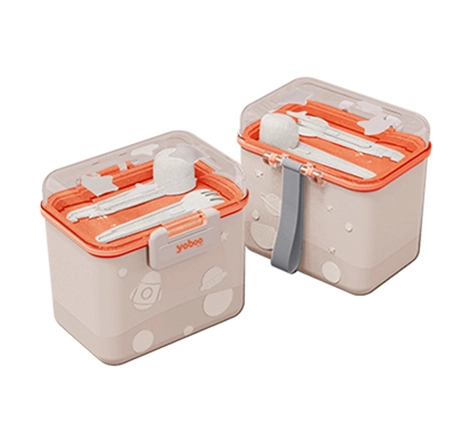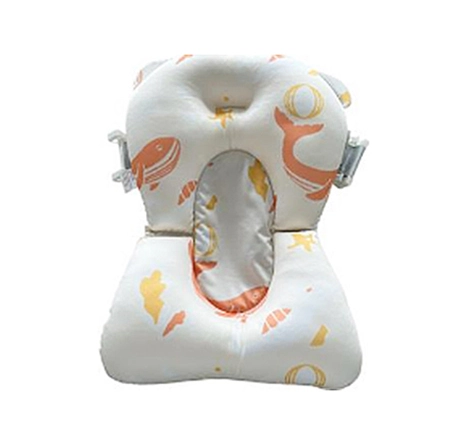Many women are not very adapted to being a mother for the first time. When they face breast engorgement, it becomes even more difficult to deal with. So what should you do about postpartum breast engorgement? How can you prevent it? Today, we will answer these questions for you.
Methods to prevent postpartum breast engorgement
Let the baby breastfeed as early as possible
Let the baby start sucking within half an hour after birth. This will increase the amount of breast milk production. Because the baby's sucking ability is strong and their mouth is powerful, nursing can help clear the mother's milk ducts and make the milk flow smoother. Pay attention to the frequency of breastfeeding, about once every 2-3 hours, to ensure the smoothness of the milk ducts and prevent engorgement. If there is an excess of milk production that the baby cannot consume, use different breast pumps to empty the extra milk. This not only relieves breast discomfort for the mother but also promotes milk production.
Using breast pumps as a good helper
When the breasts are engorged and painful, using a manual or electric breast milk pump can assist in expressing milk effectively. When selecting a breast pump, it is important to choose one with moderate suction so that there is no pain when using it. It is recommended to choose an automatic breast pump with adjustable suction intensity, so that the pressure and speed of the breast pump can be adjusted according to the actual situation.
Combining cold and hot compresses
Hot compress can make the milk blocks in the breast ducts smooth and improve the circulation of the breasts. Before breastfeeding, you can use a warm, damp towel to apply heat to the breasts for a few minutes, followed by gentle massage and tapping to soften the breasts and nipples and reduce the feeling of engorgement. Also, it is recommended to breastfeed on the side where the engorgement is more obvious. If the breast engorgement is very severe, cold compress can be used for pain relief. Apply a soft towel dipped in cold water on the breasts or use a cold pack to alleviate breast congestion and relieve pain. Remember to express milk first before applying cold compress.
Massage therapy
After hot compressing the breasts, massage can be performed. There are many ways to massage the breasts. Generally, after washing hands, hold the entire breast and massage and squeeze gently from all sides towards the nipple. This helps to clear the milk ducts, reduce skin swelling, and make them disappear. If you feel obvious pain in a certain part of the breast during massage, squeeze it gently to release the accumulated milk to prevent clogged milk ducts and mastitis.
Methods to resolve postpartum breast engorgement
Frequent breastfeeding throughout the day and night. The strong and efficient sucking of the baby is the most effective way to express breast milk. The newborn baby needs to breastfeed at least 8 to 12 times within 24 hours. During breast engorgement, let the baby breastfeed every 1.5 to 2 hours during the day and every 2 to 3 hours at night. Avoid using bottles, pacifiers, or adding supplementary food at this stage. The baby's sucking actions should be applied to the mother's breasts. This helps relieve discomfort caused by breast engorgement and helps regulate milk secretion to meet the baby's needs. If the baby cannot get enough breast milk from the mother, it can be fed with a cup or spoon.
Ensure that the baby is latched on correctly. The baby's mouth should be wide enough to encompass most of the breast tissue. The nipple should be deep in the baby's mouth so that the baby's palate can compress the milk sinuses below the areola. The baby should make swallowing sounds after sucking one or two times, which indicates efficient breastfeeding.
If the breasts are too engorged for the baby to latch on, express some milk before breastfeeding to soften them. The mother can gently squeeze the breasts by hand or use an electric breast milk pumping machine at the lowest suction level. Wear a breast shell for about 30 minutes before breastfeeding to protrude the nipples. A breast shell is a plastic cup-shaped device worn inside a bra, which creates an opening for the nipples. Its principle is to compress the surrounding tissue of the nipples to protrude them and facilitate milk overflow to relieve some discomfort.













